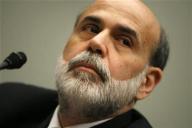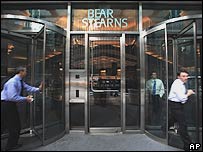Last May, a Saudi Arabian conglomerate bought a Massachusetts plastics maker. In November, a French company set up a new factory in Adrian, Michigan, adding 189 automotive jobs to an area accustomed to layoffs. In December, a British company bought a New Jersey maker of cough syrup.For much of the world, the United States is now on sale at discount prices. With credit tight, unemployment growing and worries mounting about a potential recession, American business and government leaders are courting foreign money to keep the economy growing.
Foreign investors are buying aggressively, taking advantage of American duress and a weak dollar to snap up what many see as bargains, while making inroads into the world’s largest market.
Last year, foreign investors poured a record $414 billion into securing stakes in U.S. companies, factories and other properties through private deals and purchases of publicly traded stock, according to Thomson Financial, a research firm.

